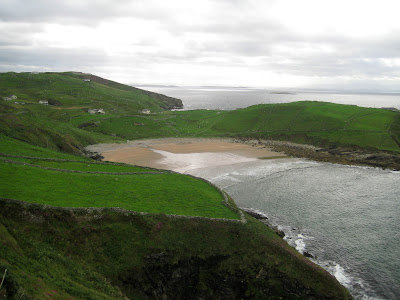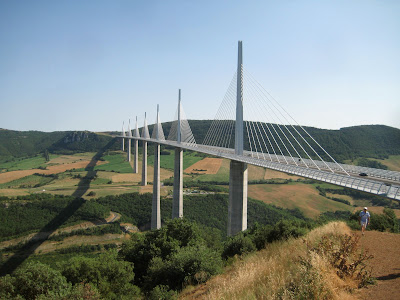I recently spent a few days in Belfast, an austere and
shabby city that is nonetheless in its best shape in a half-century. Tensions
between Unionists and Republicans still run high, but the violence that wracked
Northern Ireland for so long is over, at least for now.
The conflict has dramatically affected the city’s physical
landscape, especially in the poorer Catholic and Protestant neighborhoods that
directly abut each other. Both groups use murals, as political propaganda and to relieve the drab expanses of brick that characterize
much of the city’s housing stock. Let’s start with Sandy Row, a Unionist
stronghold only a stone’s throw from the pubs and gin palaces frequented by the
students at Queen’s University.
The Unionists, who have festooned their neighborhood with
Union Jacks, revere Queen Elizabeth for obvious reasons, but the ubiquity of
William of Orange in their murals seemed more obscure until I remembered that
he quashed hopes for Irish independence at the Battle of Boyne. The above shot of the
Queen is intended to suggest how down-at-heels the neighborhood is. The
architecture is typical of UK “estate” housing.
These four paramilitary members are Protestant martyrs,
memorialized here along the Shankill road, which is separated from downtown
Belfast by an entrenched highway (similar to the Cross-Bronx Expressway,
actually). Shankill Road gave its name to the eponymous Butchers, a gang that
tortured Catholics (and a few Protestants) with butcher knives before killing them.
Most members were caught and put away, but the leader, Lenny Murphy, evaded
capture until a Provisional IRA hit squad got him.
The Red Hand is a symbol of Ulster that is traced back to
Gaelic culture and the O’Neill clan, who were the last Catholics to rule the
area until they fled in 1607 to seek help from the Spanish against the English
invaders.
The Peace Line, as the wall running behind these houses is called, divides Shankill
from the Catholic Falls Road neighborhood. First built to provide a temporary
reprieve from the violence that erupted in the sixties, it has endured. Belfast
has recently opened more gates in the wall, and there is serious talk about
dismantling it altogether.
The murals on Falls Road are more sophisticated artistically
than those of the Unionists and, to my mind, more effective as propaganda. They
aim to justify the Republican cause by emphasizing persecution and expressing
commonality with other liberation movements.
Bobby Sands was a Republican martyr who died on a hunger
strike to protest the UK’s failure to treat IRA inmates as political prisoners.
Eleven other men met the same fate. Subsequently, the UK changed its policy.
These next shots are from Derry, near the border with the
Republic on the north coast. Derry is much smaller than Belfast but was another
site of conflict during the Troubles. Bloody Sunday, in which British
paratroopers killed thirteen unarmed Catholic marchers in 1972, took place
here.
From the old city walls, I took these shots of the Bogside,
one of the city’s Catholic quarters. As you can see by the architecture, it is
a working-class place, and for a couple of years in the early seventies, it was
beyond the reach of the UK security forces.
The woman holding the microphone, Bernadette Devlin, was a
Republican MP from the area in the seventies.
The schoolgirl is Annette McGavigan, a fourteen year old who
was caught in crossfire in 1971.
A British soldier breaks down a door during Operation
Motorman, the 1972 campaign that allowed UK forces to take control of the Bogside.
They subsequently leveled much of the housing close to the downtown and
replaced it with far more porous structures, as you can observe in the picture
of the Bogside.
A boy faces off against a British Saracen
armored vehicle.
In this shot, back in Belfast, you can make out a police
car. Note how a sort of modern chain mail extends down from the sides of the car nearly to the ground, protecting the chassis. This adaptation is to guard the undercarriage against Molotov cocktails.
As my presence suggests, the murals have gained a new
function as tourist sites. Tour buses actually blocked me from photographing
some of the murals along Falls Road. The city is still poor, especially in
contrast to bustling Dublin, which I visited later on in the week, but it is
safe. I watched several British and Irish athletes compete on a big screen by
the city hall, and although the crowds were substantial, cheering seemed
consciously muted. There was some trouble in Derry a few days before we arrived
– offense was given to a Catholic storekeeper on a Protestant march – but no
blows were exchanged. I hope the truce endures.










































